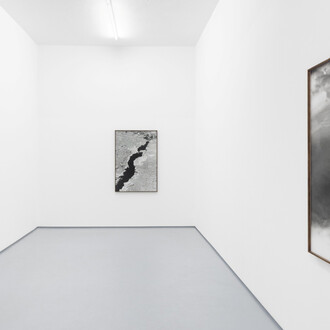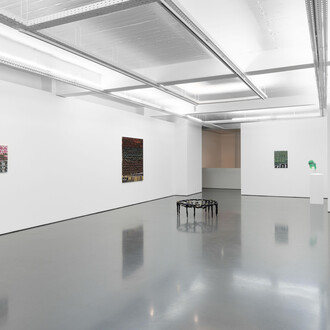The strangeness first, and the curiosity afterwards: these were the ingredients which enabled the intercultural dialogue that gave rise to the introduction of original iconographic themes and repertoires conveyed by the works of art in the Portuguese presence in Asia exhibition.
Objects from India, produced according to European models but using local techniques and raw materials – at first to meet the demands of an ecclesiastical clientele and, later on, the orders placed by the European aristocratic and bourgeois elites – are here represented by the liturgical items, the textiles, jewellery, furniture, ivory objects, coffers and cabinets on stand, revealing the symbolism and symbiosis of the two cultures. The same happened in Japan, where the contacts established between the Japanese and the early Portuguese visitors gave rise to a unique artistic manifestation known as "Namban art", of which the folding screens, cabinets on stand, shrines, helmets and stirrups are eloquent examples.
The great fascination exerted by the Chinese and Japanese cultures, since the sixteenth century, persisted until the nineteenth and early twentieth centuries, personified by the Portuguese intellectuals Camilo Pessanha and Manuel Teixeira Gomes, who became reference figures in the art of collecting. By collecting iconic objects from these cultures – such as scroll paintings, Chinese painting albums, costumes, writing materials, Chinese snuff bottles, Japanese netsuke and tsubas – they left a remarkable legacy which, thanks to the collaboration of the Museu Nacional Machado de Castro, can be seen at the Museu do Oriente.
The remarkable nucleus of porcelains produced in China is one of the hallmarks of Museu do Oriente, making it one of the reference institutions in the field of decorative arts.
















